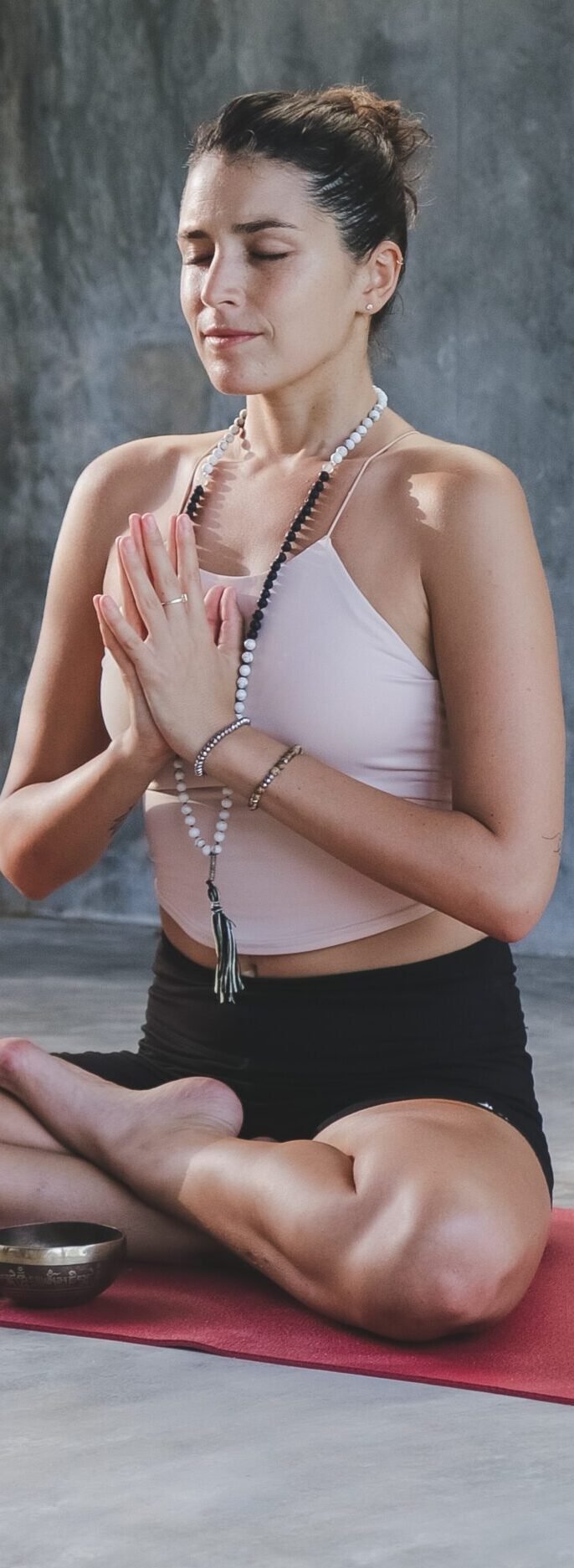
Breathing Techniques: Understanding and Benefits
Introduction
Breathing is an essential function of life that we often take for granted. It is an involuntary action that keeps us alive, but did you know that the way we breathe can have a significant impact on our physical and mental well-being? In this article, we will explore breathing techniques, how to practice them, and the numerous benefits they offer.
Understanding Breathing Techniques
Breathing techniques, also known as breathwork, are intentional exercises that focus on controlling and manipulating the breath. These techniques have been practiced for centuries in various cultures and have gained popularity in recent years due to their numerous health benefits.
There are several types of breathing techniques, each with its own unique approach and purpose. Some of the most common techniques include:
- Diaphragmatic Breathing: This technique involves deep breathing into the diaphragm, allowing the belly to rise and fall with each breath. It promotes relaxation, reduces stress, and improves overall lung capacity.
- Alternate Nostril Breathing: By alternating breathing through each nostril, this technique helps balance the body’s energy, reduces anxiety, and enhances mental clarity.
- Box Breathing: Also known as square breathing, this technique involves inhaling, holding the breath, exhaling, and holding the breath again in equal counts. It is effective in reducing stress, improving focus, and enhancing performance.
- 4-7-8 Breathing: With this technique, you inhale for a count of 4, hold the breath for 7, and exhale for 8. It is particularly helpful in promoting relaxation, improving sleep quality, and managing anxiety.
How to Practice Breathing Techniques
Practicing breathing techniques is simple and can be done anywhere, at any time. Here’s a step-by-step guide to get you started:
- Find a comfortable position: Sit or lie down in a position that allows your body to relax.
- Focus on your breath: Close your eyes and bring your attention to your breath. Notice the natural rhythm of your inhales and exhales.
- Choose a technique: Select a breathing technique that aligns with your goals and needs.
- Start practicing: Begin the chosen technique by following the specific instructions for that technique.
- Continue for a few minutes: Practice the technique for a few minutes, gradually increasing the duration as you become more comfortable.
- End with relaxation: Take a few moments to relax and observe any changes in your body and mind.
Benefits of Breathing Techniques
The benefits of breathing techniques extend beyond the physical act of breathing itself. Here are some of the key advantages:
- Stress reduction: Breathing techniques activate the body’s relaxation response, reducing stress levels and promoting a sense of calm.
- Improved focus and concentration: By bringing awareness to the breath, breathing techniques enhance focus and concentration, making it easier to stay present and engaged.
- Enhanced emotional well-being: Breathwork can help regulate emotions, reduce anxiety, and improve overall emotional well-being.
- Increased energy levels: Certain breathing techniques, such as Kapalabhati, can boost energy levels and invigorate the body.
- Better sleep: Practicing breathing techniques before bed can promote relaxation, improve sleep quality, and alleviate insomnia.
Conclusion
Breathing techniques offer a simple and effective way to improve our physical and mental well-being. By incorporating these techniques into our daily lives, we can reduce stress, enhance focus, and experience a greater sense of calm and balance. So take a moment to pause, breathe deeply, and unlock the numerous benefits that breathwork has to offer.
Learn More
